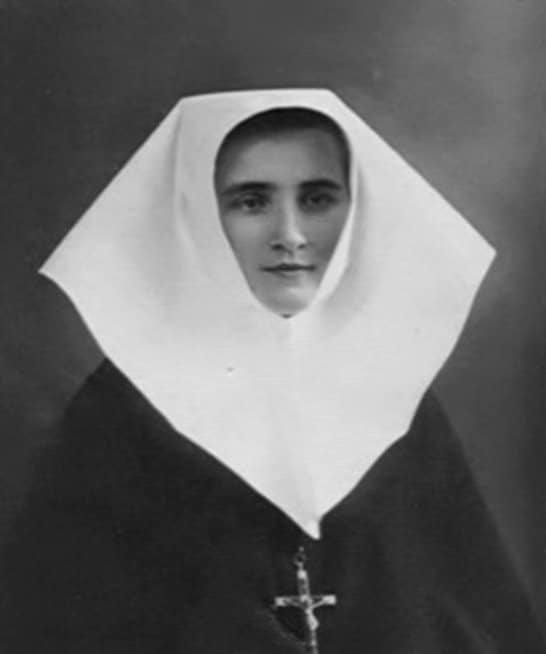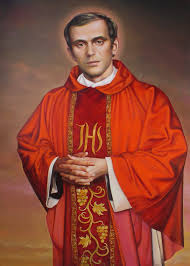 On the liturgical calendar of the Church in Poland today is Blessed Celestyna Faron, IHM (1913 – 1942) a Religious Sister of the Congregation of the Little Sister Servants of the Immaculate Conception. Within the Congregation she served variously as a teacher and catechist. In history she was known as Katarzyna Stanisława Faron 24 April 1913 born in Zabrzez, Malopolskie, [southern] Poland and died on Easter morning, 9 April 1944 in the Auschwitz concentration camp.
On the liturgical calendar of the Church in Poland today is Blessed Celestyna Faron, IHM (1913 – 1942) a Religious Sister of the Congregation of the Little Sister Servants of the Immaculate Conception. Within the Congregation she served variously as a teacher and catechist. In history she was known as Katarzyna Stanisława Faron 24 April 1913 born in Zabrzez, Malopolskie, [southern] Poland and died on Easter morning, 9 April 1944 in the Auschwitz concentration camp.
Blessed Celestyna’s biography reveals that before her first profession of vows, she wrote to the Mother General saying, “Through my vows I long to belong entirely to Jesus Christ as a total sacrificial offering. I always desire to walk the way of love and devotion so that I can approach the Immaculate Lamb.”
Faron is remembered for her charity and courage, even in the face of death. She was beatified by Pope John Paul II with other 107 other Polish Martyrs of World War II on 13 June 1999. The collective feast day of the martyrs is 12 June.
The Little Sister Servants of the Immaculate Conception published this brief reflection on Blessed Celestyna AND there is this biographical note on the Blessed which includes some witnesses on the Blessed making her person better known.
I didn’t know about Blessed Celestyna until this morning when my friend Bill brought her to my attention.
As a side note, the Little Sister Servants of the Immaculate Conception (USA) have several witnesses of holiness from their ranks: 5 sisters who cause for canonization is being studied, in addition to the founder Blessed Edmund Bojanowski and Blessed Celestyna. Let’s pray for Edmund and Celestyna’s canonization.
May Blessed Celestyna intercede for us before the Throne of Grace asking for the gifts of charity, courage, poverty of spirit and the ability to sacrifice ourselves for the Lord of Life. Blessed Celestyna, pray for us.







